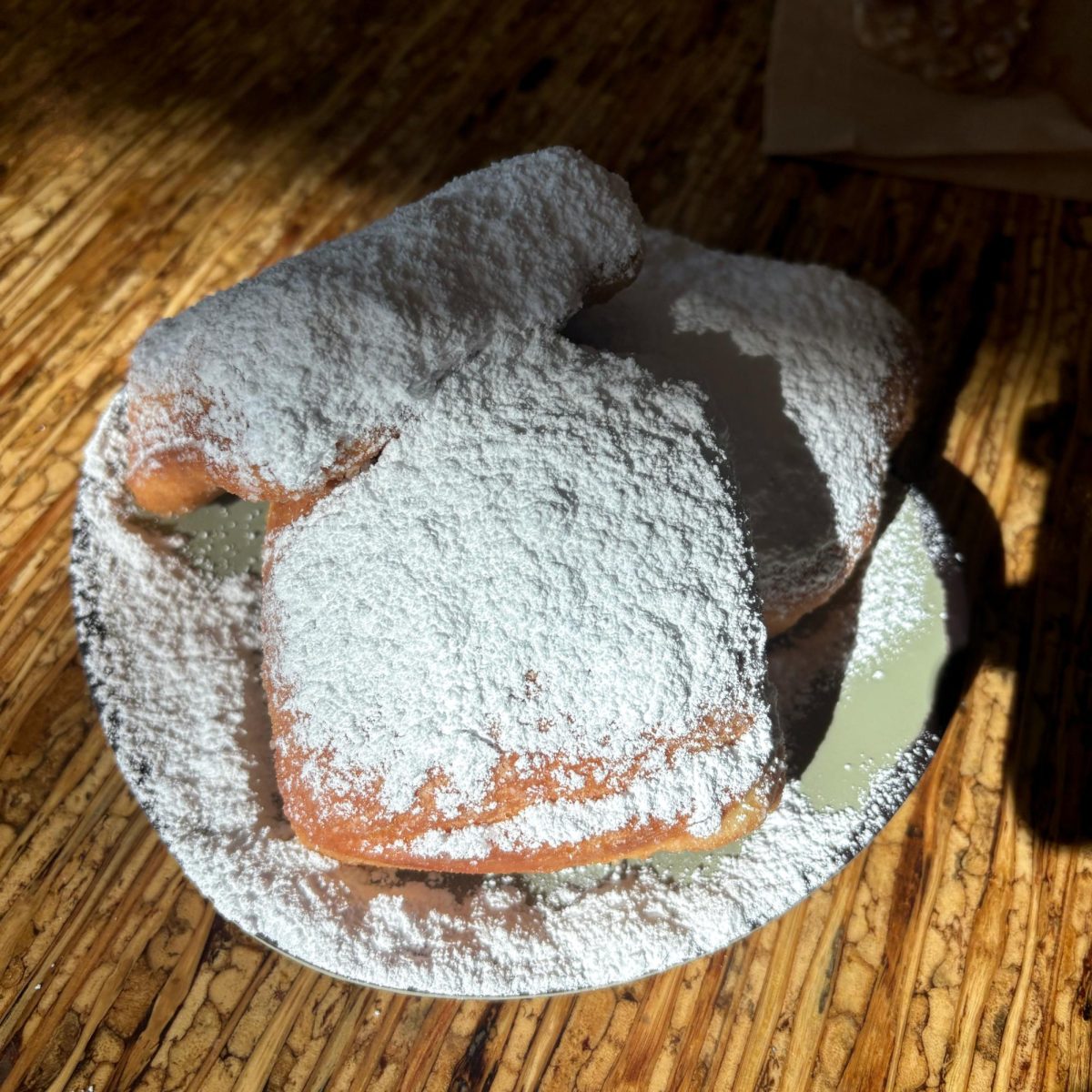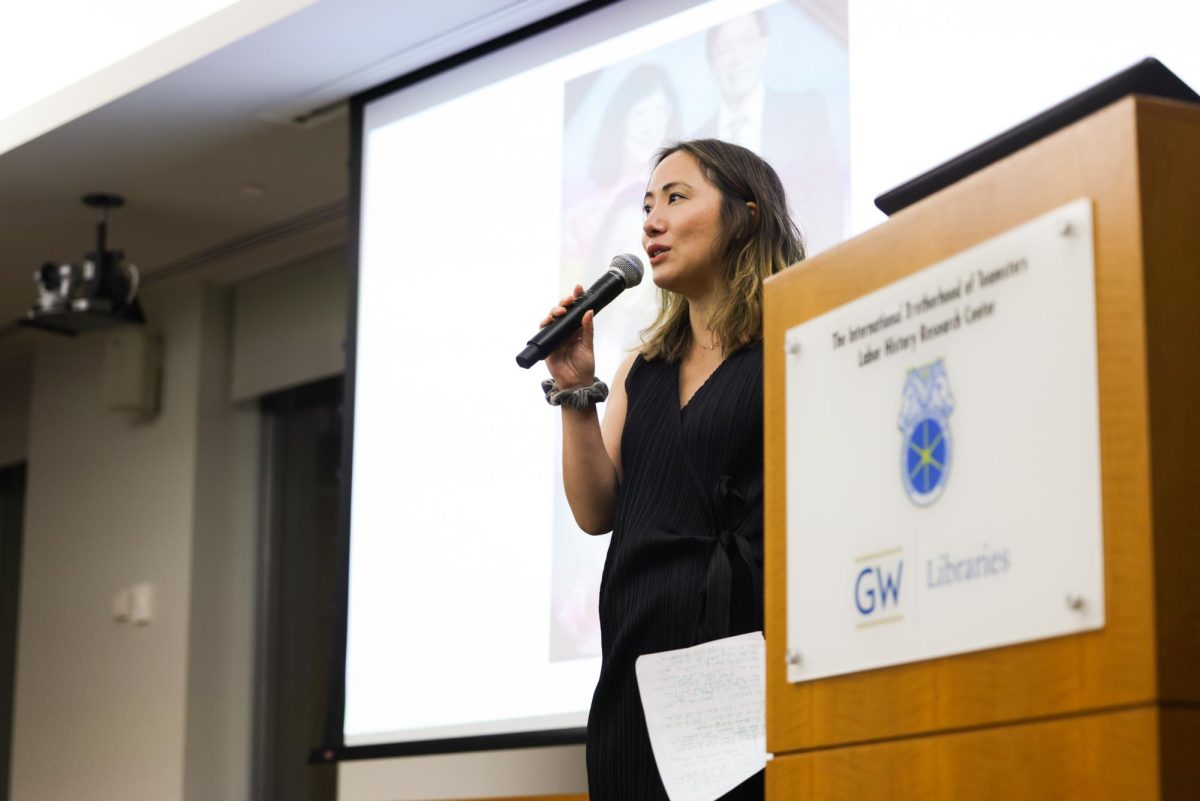Imagine visiting Foggy Bottom and ending the day with dolphins.
Architect Doug Michels, who believed that humans could learn a lot from dolphins, once proposed the idea of the Dolphin America Hotel. The building has yet to be completed.
The hotel was planned to be an aquatic retreat located near the White House and affording guests the opportunity to enjoy close encounters with actual dolphins. He also proposed a similar model for outer space.
This “almost architecture” is now on display at the National Building Museum as part of the “Unbuilt Washington” exhibit. The array of blueprints and uniquely imagined buildings explores the “what ifs” of the District’s historic architecture, and also brings to light the plans behind our already-standing familiar structures.

“Washington is a city that belongs to all Americans, and with the risk of sounding pompous, important to the whole world because it is such a prominent capital,” exhibit curator and senior vice president of the museum G. Martin Moeller, Jr. said.
Other plans that exist only on paper include a stepped pyramid structure, proposed by John Russell Pope as a possible Lincoln Memorial, and a monstrous bird rising off a dome, all part of architect James Diamond’s vision for the Capitol building.
With an obvious passion for architecture, Moeller created an exhibit that allows visitors to imagine the infinite versions of Washington that could have existed no matter where their own homes may be.
“People feel a connection to the city even if they don’t live here. They feel a connection to the monuments and memorials that have meaning to them,” Moeller said.
The exhibit sheds light on architectural projects – both those that came to fruition and those that never left the drawing table – from their original plans to finalized products. It also covers plans for tourist favorites like the White House, Capitol building and monuments, but also the creation of the Kennedy Center, Library of Congress and Smithsonian Institutes.
“It changed my thinking about the assumptions I make for Washington architecture,” Moeller said.
He adds that acting as curator of the exhibit gave him a deeper appreciation for buildings both residents and tourists take for granted.
“There are a number of cases from competitions and where things that did not get built ended up being more influential than the ones that did get built on the same site,” Moeller said.
One standout display examines the building process for the Capital. Moeller calls the plans “a saga worthy of a reality show.”
Former President George Washington and then Secretary of State Thomas Jefferson held a competition for the building’s design in 1792. Initial designs from American architects were unsatisfactory to the very first president. Designs from notable French architect Stephen Hallett were deemed “too French.” The winning plan, standing at the center of Capitol Hill today, was actually by a British-American physician, William Thornton.
“Nothing in the built environment is inevitable,” Moeller said
Although the “unbuilts” were never erected, they bring up important structural issues for the city and open a forum of discussion on disputed construction projects.
“A lot of the times, unbuilt projects have a significant influence on what’s happening. A lot of the issues that have been raised by these projects still exist. I mean, we’re still wrestling on what should be done about the Waterfront and the heights of our buildings,” Moeller said, referencing current structural problems in D.C.
The “Unbuilt Washington” exhibit is scheduled to stay up until May 2012. Tours offering a more introspective look at the exhibit are planned to begin Dec. 19.
Later programming for the exhibition will include a film festival beginning in February at the American Film Institute Silver Theatre and Cultural Center in Silver Spring, Md.
A lecture by Moeller is also scheduled for Feb. 15.





